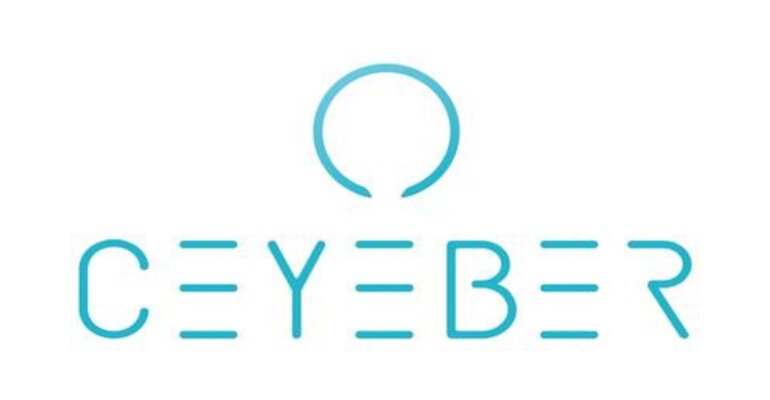The Next Leap in Intraocular Lens Technology?
Strathspey Crown says its Ceyeber Third Eye has the potential to reduce the prevalence of global blindness and visual impairment.

Strathspey Crown, a lifestyle healthcare company focused in ophthalmology, medical aesthetics, and elective technologies and procedures, says its Ceyeber Third Eye is the next leap in smart intraocular lens technologies. The Ceyeber Third Eye is an intraocular lens technology designed for both medical applications and augmented reality and may be a solution for macular degeneration and preventing blindness. The company said that the technology has the potential to reduce the prevalence of global blindness and visual impairment.
“We're very excited about our revolutionary solution for age related macular degeneration (AMD), accommodative vision correction, and the long-term prevention of blindness,” said Robert Edward Grant, founder and CEO of Ceyeber. “According to recent estimates, close to 200 million people globally are affected by AMD which is expected to grow to 288 million people by 2040. Ceyeber will have a profound impact on the quality of life and vision for millions of people worldwide.”
Featuring technology protected by United States Patent No. 9,662,199, the smart lens includes an implantable intraocular lens with an optic, a camera and LED display, and a communications module that wirelessly transmits and receives information. For patients experiencing macular degeneration — when optical signals can’t reach the brain as they should — placing Ceyeber’s high-resolution, finely pixelated display in the eye may help those with significant degeneration regain a crucial amount of sight, according to the company.
The company has also received other patents protecting its Ceyeber technology. As recently as Nov. 29, 2022, Strathspey Crown has been granted two new patents. One of the patents, US Patent No. 11,514,616 covers a system providing augmented reality to a person disposed in a real-world, physical environment where a camera is configured to capture real world images. The second patent, US Patent No. 11,516,392, covers an implantable system with a camera where an analytical engine analyzes the images to determine whether any objects or aspects of the captured image is considered an unviewable element.
"The Ceyeber intraocular lens technology promises to significantly advance the way we perceive and interact with the world," said Dr. Richard Lindstrom, Ceyeber Board Member.
Of note, Ceyeber is not approved by FDA.
About the Author(s)
You May Also Like



.png?width=300&auto=webp&quality=80&disable=upscale)
